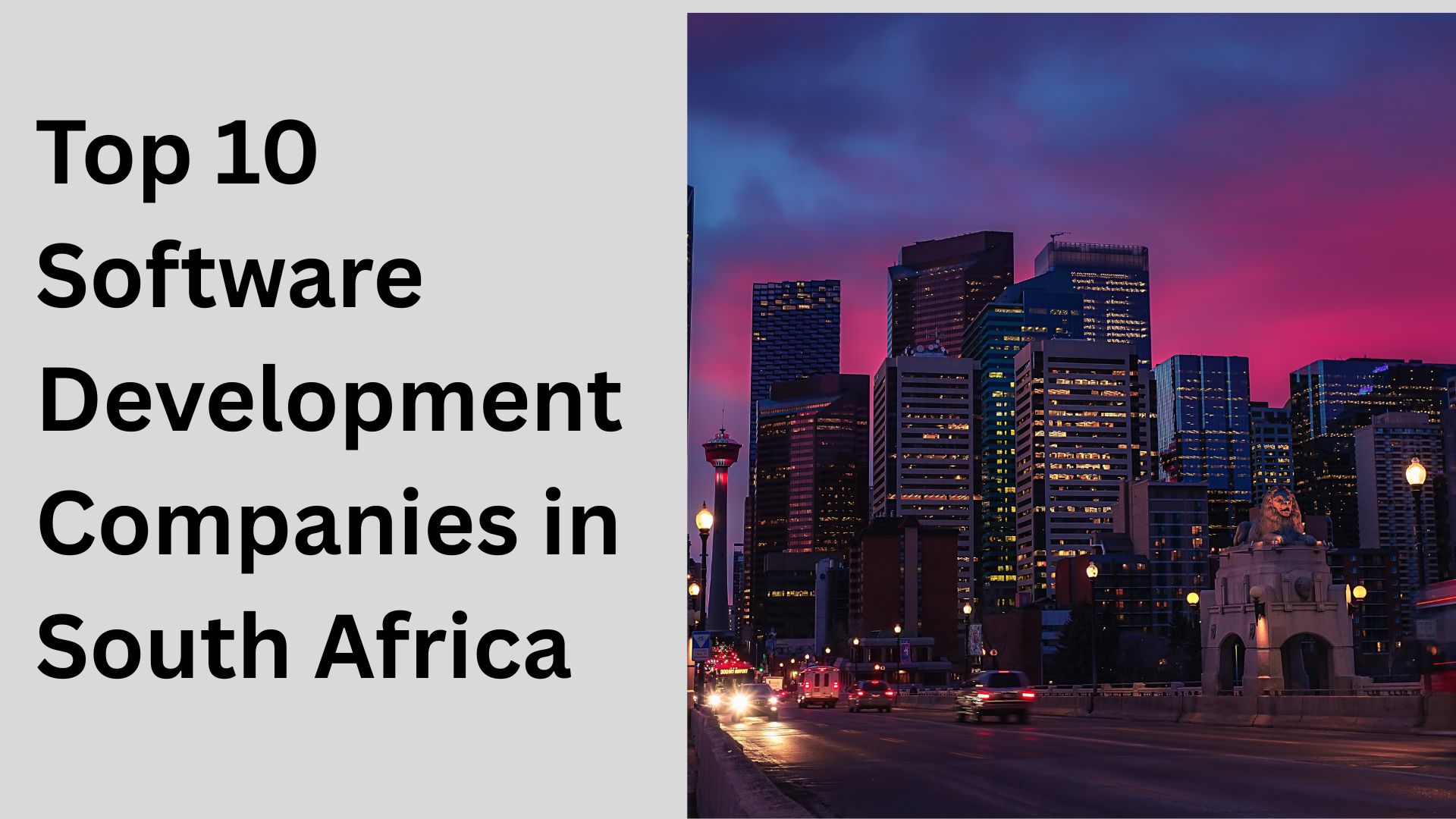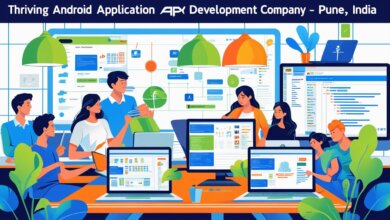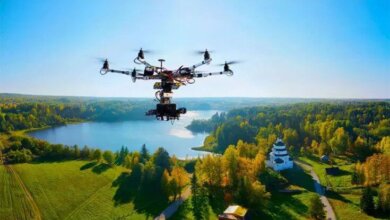The Future of the AI Tool: Trends Shaping Work and Innovation
The future of the AI tool is all about smarter work, faster decision-making, and limitless creativity. These tools will not just automate repetitive tasks but also act as collaborators, providing insights, generating ideas, and even predicting what we’ll need before we ask. In the workplace, an AI tool will become as common as email—helping individuals work smarter while giving businesses a serious edge in innovation.
That’s the direction we’re heading. But why does this matter, and what specific trends are shaping the AI tool’s future? Let’s explore.
Why the AI Tool Matters More Than Ever
The world is moving at lightning speed. Businesses are under pressure to deliver faster, workers are juggling more than ever, and innovation is no longer optional—it’s survival. In this race, an AI tool functions like a co-pilot, helping you navigate the complexity.
It matters because time is the currency of modern life. Every hour saved, every error prevented, and every insight uncovered can make the difference between staying ahead or falling behind. The AI tool isn’t just a piece of software—it’s becoming a necessity for productivity, creativity, and competitiveness.
The Evolution of the AI Tool
AI tools began as simple assistants that could automate repetitive tasks like spell-checking or scheduling. Over the years, they’ve grown into advanced systems capable of writing, designing, analyzing, and even reasoning.
The journey mirrors human growth: first learning to walk, then run, and now beginning to sprint. The next stage of this evolution is collaboration, where AI tools won’t just perform tasks but actively partner with us to solve complex problems and spark innovation.
Trend 1: Hyper-Personalized Workplaces
One of the biggest trends shaping the future of AI tools is personalization. Imagine logging into your work dashboard and seeing not a generic interface, but one tailored specifically for your needs. An AI tool could organize your tasks based on priority, suggest when to take breaks, and even draft emails in your natural tone of voice.
For businesses, this means employees won’t waste time on cookie-cutter systems. Instead, they’ll work with AI tools that adapt to them, creating personalized workflows that boost both efficiency and satisfaction.
Trend 2: The Rise of Creative Collaboration
Not long ago, creativity was thought to be beyond the reach of machines. But today, AI tools are composing music, generating art, and even brainstorming marketing ideas. The future isn’t about AI replacing human creativity but enhancing it.
Think of it as having a creative partner who never runs out of ideas. Writers can break through writer’s block, designers can generate multiple concepts in minutes, and filmmakers can storyboard entire scenes with AI assistance. The AI tool will become a creative amplifier, helping humans push boundaries we couldn’t imagine alone.
Trend 3: Predictive Intelligence in Decision-Making
The future of work relies on making smarter, faster decisions. AI tools are increasingly moving from reactive to predictive intelligence. Instead of waiting for problems to appear, they’ll anticipate them.
A company could use an AI tool to predict shifts in customer demand months in advance. A doctor might receive an alert about a patient’s health risks before symptoms arise. In daily life, your AI assistant might remind you to leave early for a meeting because it knows traffic will be worse than usual.
This shift toward prediction will redefine how businesses and individuals make decisions—less guesswork, more foresight.
Trend 4: Seamless Integration Across Platforms
Currently, many people use separate AI tools for writing, design, communication, and scheduling. The future will likely bring seamless integration, where a single AI tool connects across platforms.
Picture a tool that can draft your proposal in Word, design your presentation in Canva, schedule the meeting in Google Calendar, and send a polished summary in Slack—all without switching apps. This trend is about reducing friction and making AI an invisible yet powerful part of our daily workflows.
Trend 5: Democratization of Innovation
AI tools are lowering the barrier to entry for innovation. You no longer need to be a coding expert or a data scientist to build something impactful. With no-code AI platforms, small businesses and individuals can now harness advanced technology.
This democratization means innovation isn’t limited to big corporations with large budgets. A teenager in their bedroom can create an AI-powered app, and a small bakery can use AI to predict customer demand. The playing field is leveling, and the AI tool is the great equalizer.
Trend 6: Ethical AI and Responsible Use
As powerful as AI tools are, their future depends on responsible use. Issues like data privacy, algorithmic bias, and over-reliance on machines are real challenges. That’s why the next wave of AI tools will likely include stronger ethical safeguards.
Expect features like built-in transparency (so you know how the AI reached its conclusions), better data security, and more control for users over what information is shared. Trust will be a cornerstone of the AI tool’s evolution.
How Businesses Can Prepare for the Future
Businesses that want to thrive in the future need to embrace AI tools now. Start by identifying repetitive tasks that can be automated. Train employees to work alongside AI rather than fear it. Most importantly, stay agile—because the tools will continue evolving, and early adopters will always have the advantage.
Companies that successfully combine human creativity with AI efficiency will lead the next wave of innovation.
How Individuals Can Benefit from Emerging AI Tools
For individuals, the future of AI tools means more opportunities to work smarter, learn faster, and create better. Students can learn at their own pace with AI tutors. Professionals can spend less time on busywork and more time building meaningful careers. Creators can experiment with tools that bring their wildest ideas to life.
The key is curiosity. By experimenting with AI tools now, you’ll be ready to adapt as they evolve. Think of it like learning to ride a bike before the roads are redesigned—you’ll already be ahead.
The Future in Perspective
The AI tool is moving from being an assistant to becoming a collaborator, from being reactive to predictive, and from being specialized to integrated. These shifts aren’t happening decades from now—they’re unfolding right before our eyes.
Much like electricity changed the last century, AI tools will define this one. The future won’t just be about smarter machines; it will be about smarter people who know how to use them.
Conclusion
The future of the AI tool is bright, bold, and brimming with potential. From hyper-personalized workflows to predictive intelligence and creative breakthroughs, these tools are set to redefine how we work and innovate. They will not replace human creativity and judgment, but they will amplify it—helping us solve problems faster and explore ideas further than ever before.
The smartest move you can make today? Start exploring AI tools now. Because the future is not waiting—it’s already here.
Visit ” https://theglobalnewz.com/ ” for more informative content.
FAQs
- What makes the AI tool different in the future compared to now?
Future AI tools will be more predictive, personalized, and seamlessly integrated into daily life, moving from assistants to collaborators. - Will AI tools replace human jobs completely?
They will replace repetitive tasks but also create new opportunities. Humans will still provide the empathy, strategy, and creativity that machines cannot replicate. - How will businesses benefit from future AI tools?
Businesses will enjoy more efficiency, better decision-making, personalized customer experiences, and lower operational costs. - What are the risks of future AI tools?
Potential risks include bias in decision-making, data privacy concerns, and over-reliance on automation. Ethical design will play a key role. - How can individuals prepare for the future of AI tools?
By experimenting with current tools, staying updated on trends, and developing skills that complement AI—like creativity, critical thinking, and adaptability.







